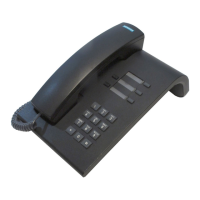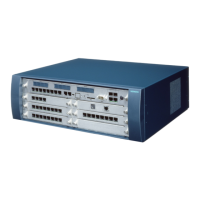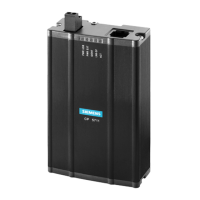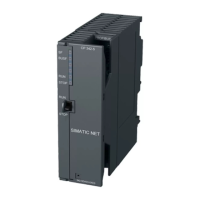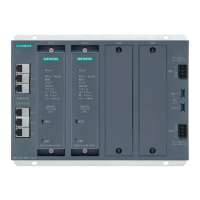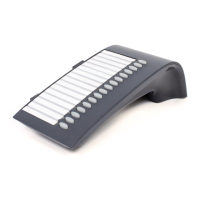12.8.3 Base stations - wave propagation
Basic information
If possible, the connecting cable of the base stations should not be laid parallel to power
cables (230 V/115 V).
Base stations must be installed at a minimum distance corresponding to 15 RSSI points in
measuring mode apart.
In order to keep interference with wave propagation to a minimum during transmission and radio
reception, the BS must be isolated from the following as far as possible:
metal parts and
bodies that are good conductors.
This is easily accomplished if a minimum distance of 1 m is maintained between the BS and objects
which have strong attenuating or reflective qualities such as the following for example:
metal pipes,
bunched cables,
steel cabinets,
transformer and motor housing.
12.8.3.1 Where must base stations not be installed?
In wall recesses in the case of thick walls and concrete and metal walls if the radio coverage
area is behind them.
Behind metal doors (e.g. fire doors), behind or in metal cabinets, behind heavy furniture, see
above.
In suspended ceilings constructed of metal (carbon fibres, i.e. conductive materials).
The BS should project into the radio areas to be covered (line of sight/LOS)
On metal walls
Only if there is a safety margin of > 10 cm.
On/in high metal storage shelves
Only if there is a safety margin of > 3 m.
In rooms which have been designated by the customer as specific security zones (service
problems).
In rooms where there is a risk of explosion
Outdoors without the outdoor casing
Directly adjacent to another BS
Only at a minimum distance corresponding to 15 RSSI points in measuring mode.
Hicom 150 E Office Rel.1.0 Service Manual - 12 Cordless Multicell Integration CMI
http://cmweb01.mch.pn.siemens.de/e_doku/en/h150/h15/30/sh/2/15_12.htm (29 of 45) [06/04/2000 13:05:56]

